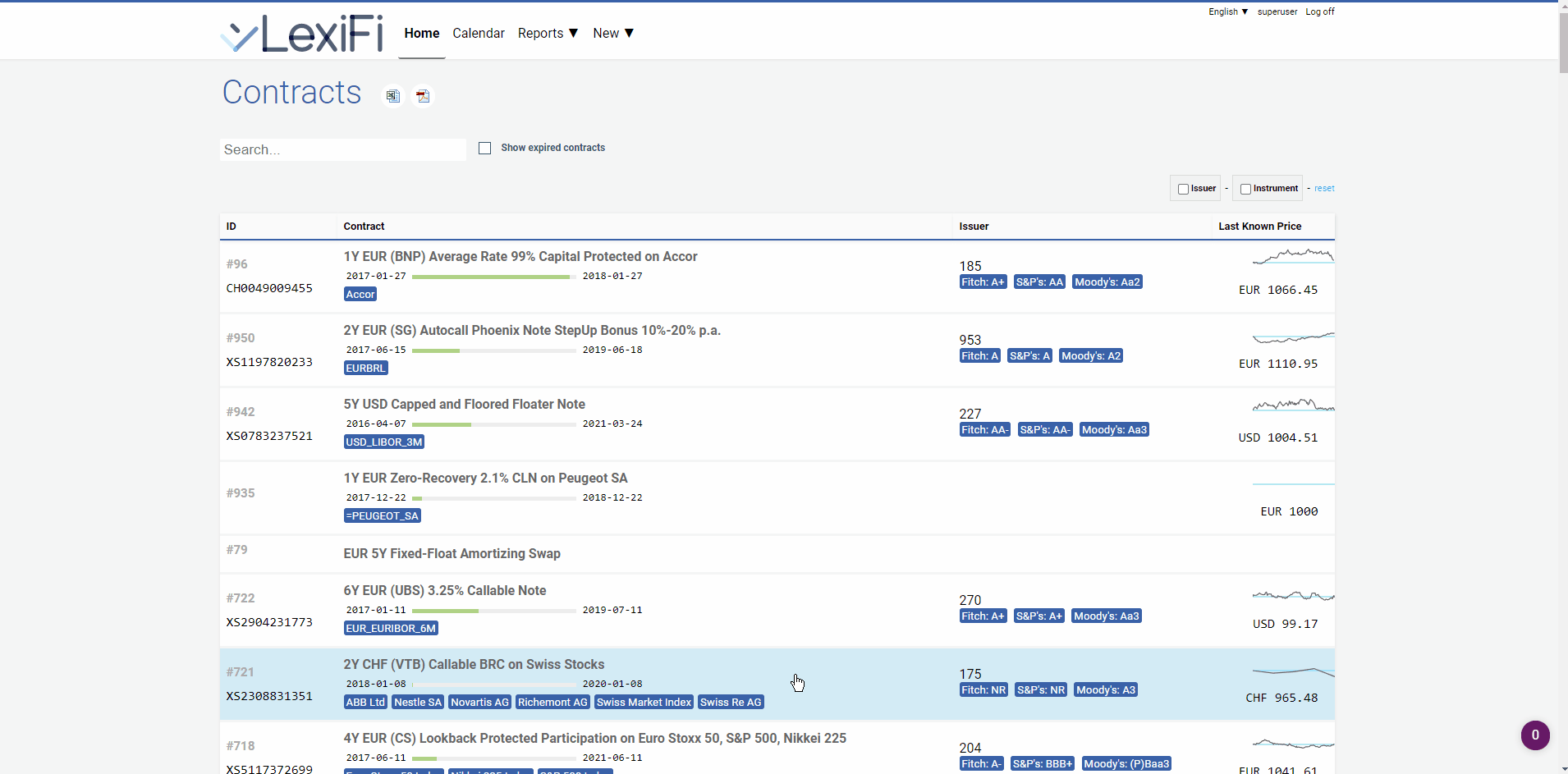Good Morning,
We hope that you and your family are well! September’s Monthly Focus is about price sensitivities to risk factors, otherwise known as Greeks. We illustrate the importance of results' presentation, then briefly showcase LexiFi Greeks functionality.
Let’s turn Gibberish into actionable information
For derivatives and structured products, calculating Greeks for trades and portfolios can be Herculean as it is often computationally very intensive. However, that is not the biggest challenge: once calculated, Greeks and cross Greeks results might be cumbersome if not presented in an informative and interactive way.
In fact, in the context of a portfolio, one needs to take into consideration market conditions and assess the risks from different angles.
Open the animated GIF below to see Greeks in context

Get the big picture effortlessly!
As a Sales or Structurer, you want to quickly and thoroughly answer a client who asks you if it is a good idea to add/remove a product from a given portfolio.
LexiFi application gives access to interactive reports where you could add/remove products and immediately observe the consequences on the portfolio’s risk metrics.
In the example above, we have sorted a portfolio by industry; then, we have added an autocallable product to observe the impact on the portfolio’s Delta, Gamma and Vega.
The ability to quickly create fully customized reports makes all the difference, especially when markets are tough!
LexiFi users benefit from:
- Flexible scenario analysis
- Customizable views of risk, enabling drill downs, slicing and dicing, and aggregation of risk on any dimension desired
- Comprehensive risk reporting capabilities

Computational power
Calculate Greeks and cross Greeks using different computation methods with speed and precision with LexiFi Greeks feature.
A default method is automatically chosen, or you can choose an explicit one among:
- Market data finite difference: the derivatives are computed using finite difference, where the shocks are applied to market data.
- Model finite difference: the derivatives are computed using finite difference, where the shocks are directly applied to the model in order to gain precision and speed.
- Malliavin: all Greeks are computed at a linear cost. This method, despite being mathematically complex, returns the desired results quickly and it is the best except when fixings are too close to each other or when the first fixing is too close to the valuation date.